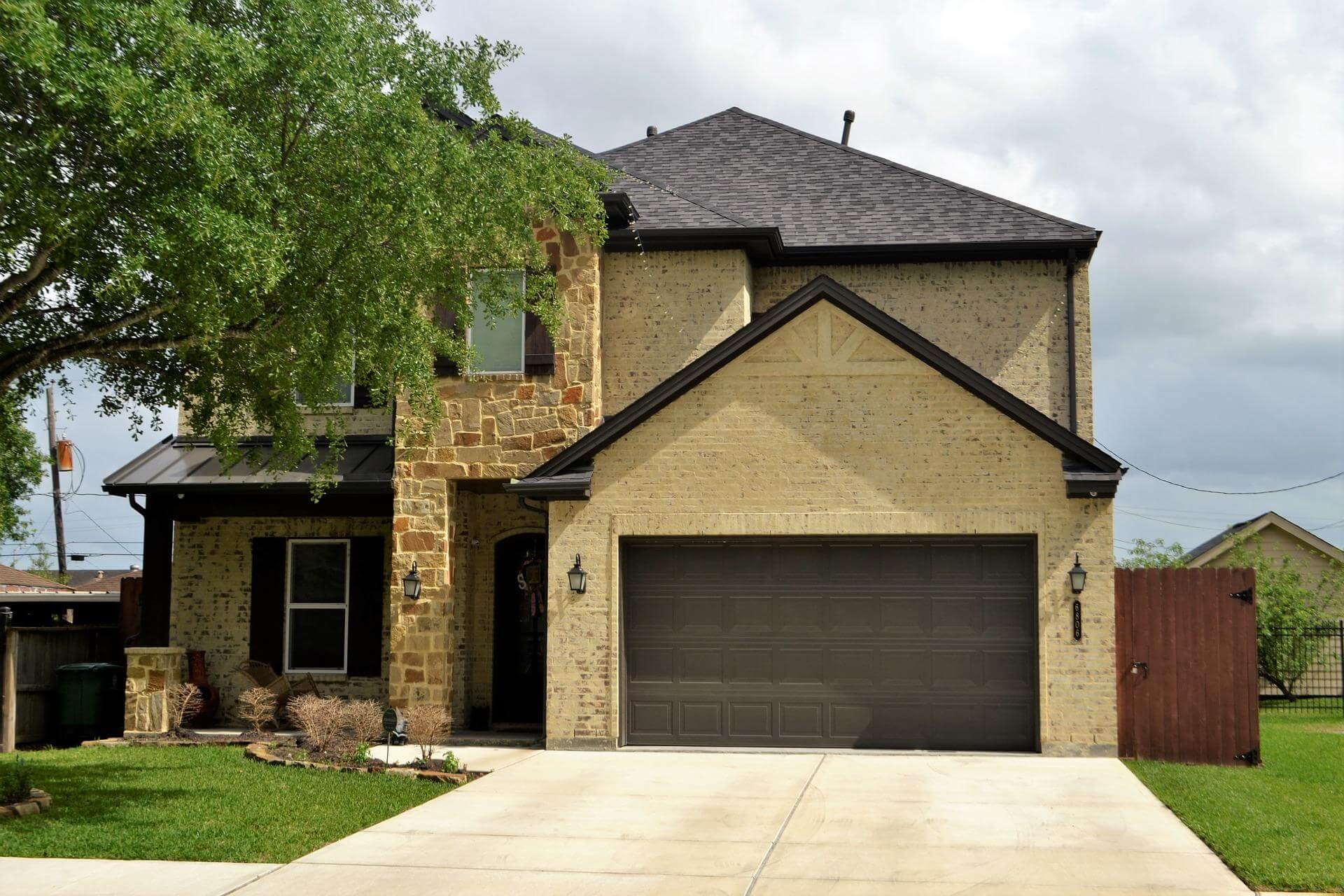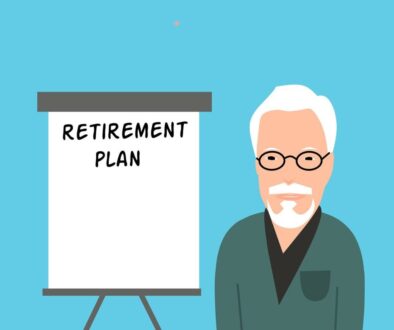3 Ways to Use Home Equity in Retirement
According to a Federal Reserve report released in 2019, Americans owned 60.4% of their homes in the first quarter, which is the highest level of equity in the United States since 2002. For homeowners nearing retirement age, home equity is often the largest source of wealth on their balance sheet. This fact poses a particularly unique problem as real estate is a notoriously illiquid asset. It can take months for a property to sell and several weeks after the transaction to receive the funds. So how can homeowners use home equity in retirement if they don’t want to sell or downsize? What other options exist? In this article, we’ll cover three ways to use home equity in retirement without needing to sell. Let’s take a look.
1. Reverse Mortgage
A reverse mortgage is a loan designed for homeowners age 62 or older that have considerable home equity they can borrow. The reverse mortgage distributes funds as either a lump sum, a fixed monthly payment (like an annuity), or as a line of credit. Unlike a conventional mortgage, however, a reverse mortgage does not require the homeowner to make any loan payments during the lifetime of the loan. Instead, the entire loan balance becomes due once the borrower either dies, moves away permanently, or sells the home.
Much controversy exists around the benefits of reverse mortgages. They can be prohibitively expensive and potentially detrimental long-term. There are one-time fees such as loan origination fees, appraisal fees, and closing costs. There are also ongoing fees such as mortgage insurance, administrative servicing fees, interest costs, annual property taxes, and home maintenance costs. Additionally, interest compounds on an ever-increasing balance since there are no principal payments made during the lifetime of the loan.
However, reverse mortgages can still make much sense for some people. For those with limited incomes and few other assets, a reverse mortgage can be a lifeline – even as a last-resort option – for tapping into home equity without needing to sell or downsize.
Homeowners considering a reverse mortgage should take into account the following:
What do you want to happen to your home after you die? If you plan on leaving your home to heirs, your heirs must be capable of paying off the balance of the reverse mortgage or, be able to qualify for a traditional mortgage.
Can you realistically remain in the home the rest of your life? If you move somewhere else to retire, or even end up in a long-term care facility, the entire balance of your reverse mortgage becomes due and payable.
Who else lives with you? If your spouse is age 62 or older, both of you can be on the reverse mortgage such that if one of you dies, the other will continue receiving payments. However, if this is not the case, or you have other roommates, and you move out or die, the loan becomes due.
Can you afford the ongoing costs? You’ll have to pay mortgage insurance, property taxes, and any necessary maintenance and upkeep for the home.
Are there better options for you? Maybe you are comfortable with selling or downsizing, or perhaps one of our other options listed below is better. It’s essential to analyze all options first before choosing a reverse mortgage.
2. Cash-Out Refinance
For homeowners nearing retirement that still have a mortgage, but plenty of equity, a cash-out can be an excellent way to use home equity in retirement. The borrower takes out a new loan with new terms but also borrows against the home equity in the process. That equity amount is distributed in the form of cash and added to the new loan balance.
In general, the maximum amount of equity a borrower can cashout is 80 percent of their loan-to-value-ratio (LTV). For example, if the home is worth $500,000 and the mortgage balance is $100,000, the total amount of outstanding borrowing would be limited to $400,000 ($500,000 x 0.80 = $400,000).
The borrower still must retain 20% equity in the home, which would equate to $300,000 ($500,000 x 0.60 = $300,000). After subtracting the amount the borrower must retain from their total equity, they’d be able to borrow $100,000 ($400,000 in equity – $300,000 = $100,000). Those funds could then be used to put towards retirement savings, paying off debt, or used for any other desired purpose.
A cash-out refinance can be a particularly appealing option for adding to retirement savings during low-interest-rate environments. If borrowers can take cash out of their home and reinvest that cash at a higher rate of return, the cash-out can make a substantial difference to retirement savings in the long-term.
However, if interest rates are higher than expected returns, or closing costs are exorbitant, a cash-out refi may not make sense.
It is also important to note that the interest on the loan may not be tax-deductible. In today’s tax landscape, the interest paid on a cash-out refi is only deductible if the money is for home improvements. If the cash is being used to fund retirement savings or pay off old debt, the interest is not tax-deductible. Before taking on any further financial liabilities, borrowers should determine where they want to live in retirement and what their specific current and future anticipatory needs are.
3. Home Equity Line of Credit (HELOC)
While it’s generally a good idea to avoid debt once officially in retirement, certain types of borrowing can make sense, even if only for tax purposes. A home equity line of credit (HELOC) fits that bill perfectly and is a great way to use home equity in retirement.
For retirees that have the bulk of their assets held inside pre-tax retirement accounts, withdrawals from those accounts add to taxable income for the year. If a large purchase is necessary, such as for a new vehicle, or home repairs, a large withdrawal could push them into a higher tax bracket. A HELOC solves this problem by providing the needed funds without requiring the liquidation of investment holdings or large retirement account withdrawals.
The main drawback of HELOCs is the fact that they tend to be variable interest rates. If interest rates rise all of a sudden, this could dramatically increase monthly payments. If borrowers don’t have the cash flow to support the new higher monthly payment, it could lead to a default on the credit line and loss of their home. As with all forms of debt, a home equity line of credit requires careful consideration and sufficient financial preparedness before assuming the obligation.
The Bottom Line
Homeowners looking to use home equity in retirement without selling or downsizing certainly have options, but many options require borrowing money. While debt is not inherently bad on its own, it always requires careful consideration. Debt can provide access to large sums without needing to liquidate assets or face adverse tax consequences. However, debt can also wreak havoc if used irresponsibly.
If you are nearing retirement, have substantial equity in your home, and want to see what options are available for you, schedule a time to chat with us today to see how we can help.
Securities and Advisory Services offered through Calton & Associates, Inc., dba Forefront Wealth Partners, Member FINRA/SIPC. OSJ: 2701 N. Rocky Point Drive, Suite 1000, Tampa, FL 33607 (813) 264-0440. Calton & Associates, Inc. does not provide legal or tax advice. Forefront Wealth Partners and Calton & Associates, Inc. are separate entities.





